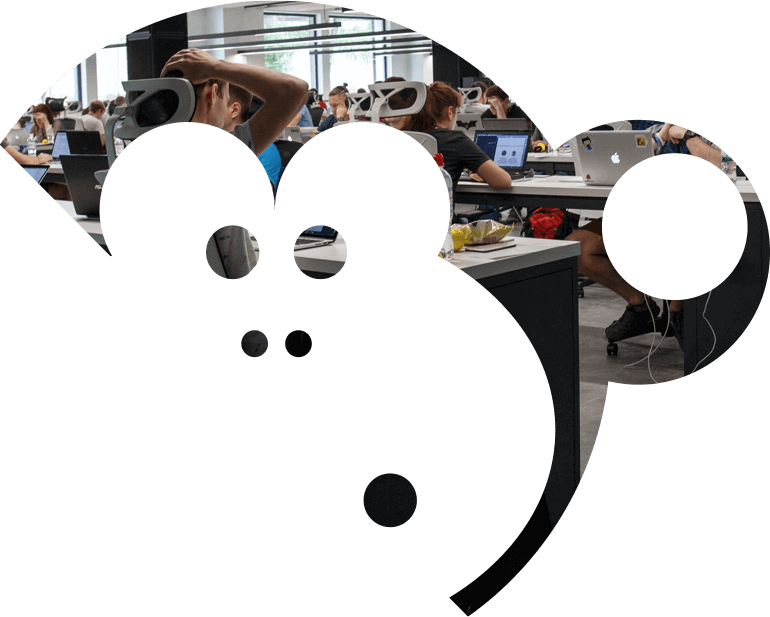What is server virtualisation?
Server virtualization is the process of restructuring a physical, single server into multiple isolated spaces using software applications. Single servers can only use one operating system that is dedicated to a specific application or task. However, after server virtualisation, these unique virtual machines can run their own operating systems independently, despite sharing its physical hardware.
Types of server virtualisation
There are three different types of server virtualisation:
- Full virtualisation: this occurs when a hypervisor communicates with servers to monitor central processing unit usage and disk space. Resources are then allocated across multiple virtual machines and computing power can be shared between multiple operating systems. With full virtualisation, the individual servers will not need to be aware of each other.
- Para-virtualisation: this process also requires a hypervisor but unlike full virtualisation, each operating system is aware of each other which allows the whole network to manage resources together. As a result, less resources are needed to operate because the virtual servers can share resources more efficiently.
- OS-level virtualisation: this is the simplest type of server virtualisation and can be complete without a hypervisor. Resource management is instead handled by the physical server which means each virtual machine needs to run the same operating system.
What are the advantages of server virtualisation?
Reduces costs
One of the biggest advantages of server virtualisation for companies is the reduction in costs. Implementing visualised servers increases hardware utilisation because it can now hold several virtual machines. Essentially, fewer physical servers are needed because each unit is being used more efficiently, therefore cutting the costs of expensive hardware.
Boosts productivity
Another benefit of server virtualisation is that with less physical hardware, comes less maintenance. When there are multiple servers within an organisation, time often gets spent managing wires, setting up new servers or fixing units with errors. Using server virtualisation, new servers can be spun up and deployed with ease, so if a server is no longer needed, it can simply be removed. This allows IT staff to focus their time on producing revenue-driven projects – boosting productivity within your team.
Offers faster server provisioning
In addition, the low-maintenance process related to server virtualisation, system provisioning and deployment can be completed within minutes. Virtual machines can easily be cloned which means no more time spent looking for replacement servers, waiting for them to be delivered and completing time-consuming installation. With server virtualisation, server provisioning is quick and efficient.
Improves disaster recovery
Of course, for any organisation being able to respond to a disaster is one of the most important elements of IT management. Server virtualisation helps to make business continuity and disaster recovery easier – and at lower costs. In the event of a disaster, virtual machines can be quickly created at remote sites to allow business operations to continue as normal. It is also simple to make backups by duplicating the virtual servers for additional safety.
Saves energy
By reducing the number of physical servers within your organisation, you are also reducing the amount of energy that’s being consumed. This is a significant advantage of server virtualisations, particularly in recent years where companies are aspiring to become greener.
Easy scalability
For companies that are growing in size, or are constantly changing their IT equipment, another advantage of these services is that virtualised IT infrastructure can be moved or duplicated from a single piece of hardware to another. This means upgrading to the latest system will be seamless and effortless. These virtual elements can also be easily transitioned to cloud services, giving companies advanced flexibility in the future.
Prevents server sprawl
Server sprawl occurs when companies are made to have an excess of servers to ensure they meet user demand. This leads to the company owning multiple underutilised servers, which take up valuable space. Server virtualisation allows companies to consolidate their IT infrastructure across fewer pieces of hardware – relieving companies of wasted space and allowing room for more innovative technologies.
Cheeky Munkey has over 20 years of experience in IT support. We offer professional server visualisation services that will upgrade your server infrastructure with ease. If you’re in need of any other IT support, contact us and we will be able to advise you.


 Previous
Previous







